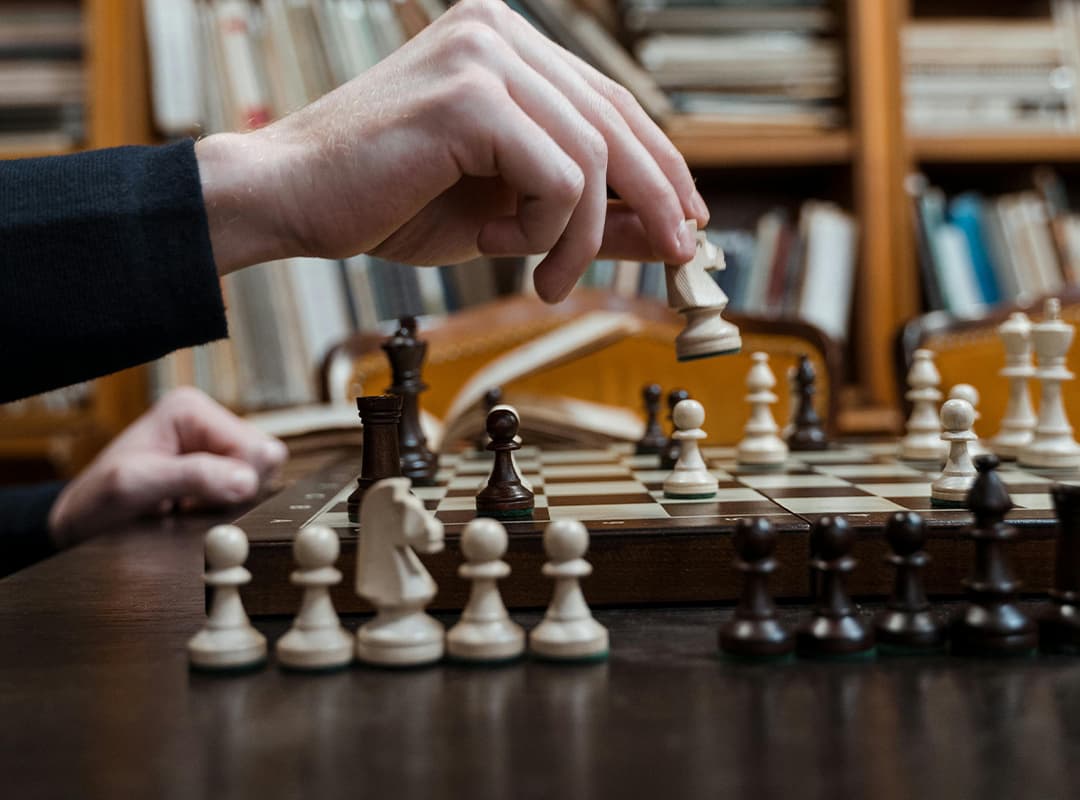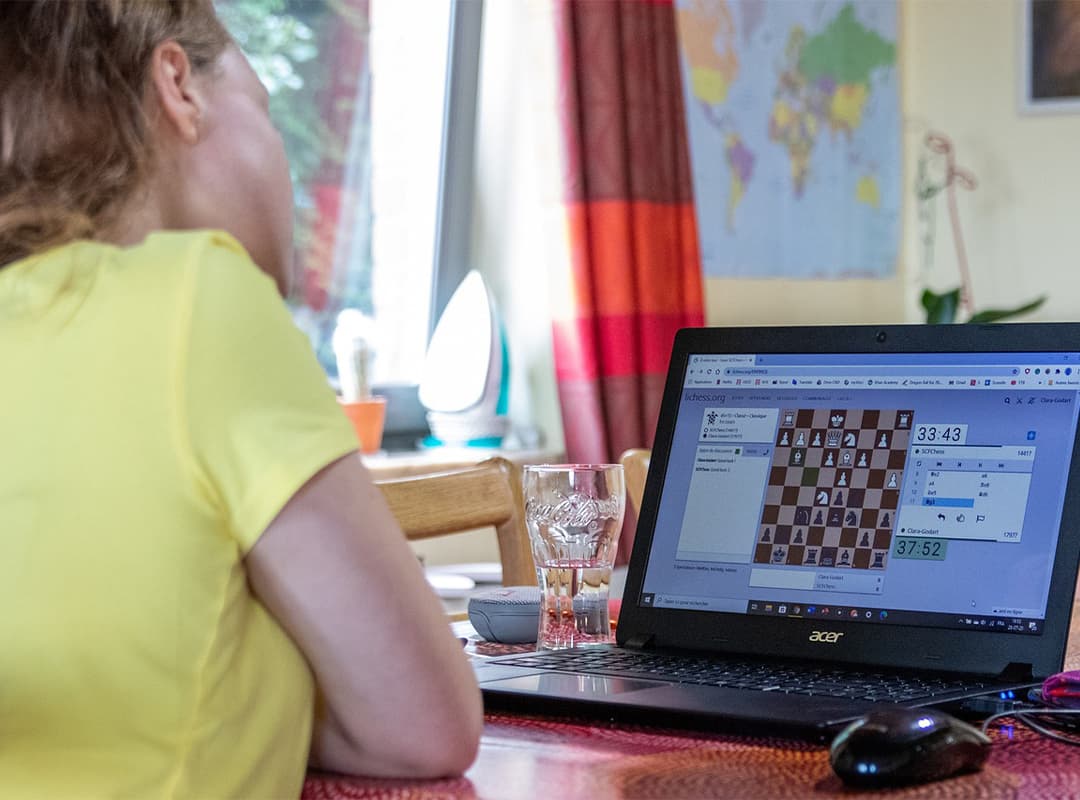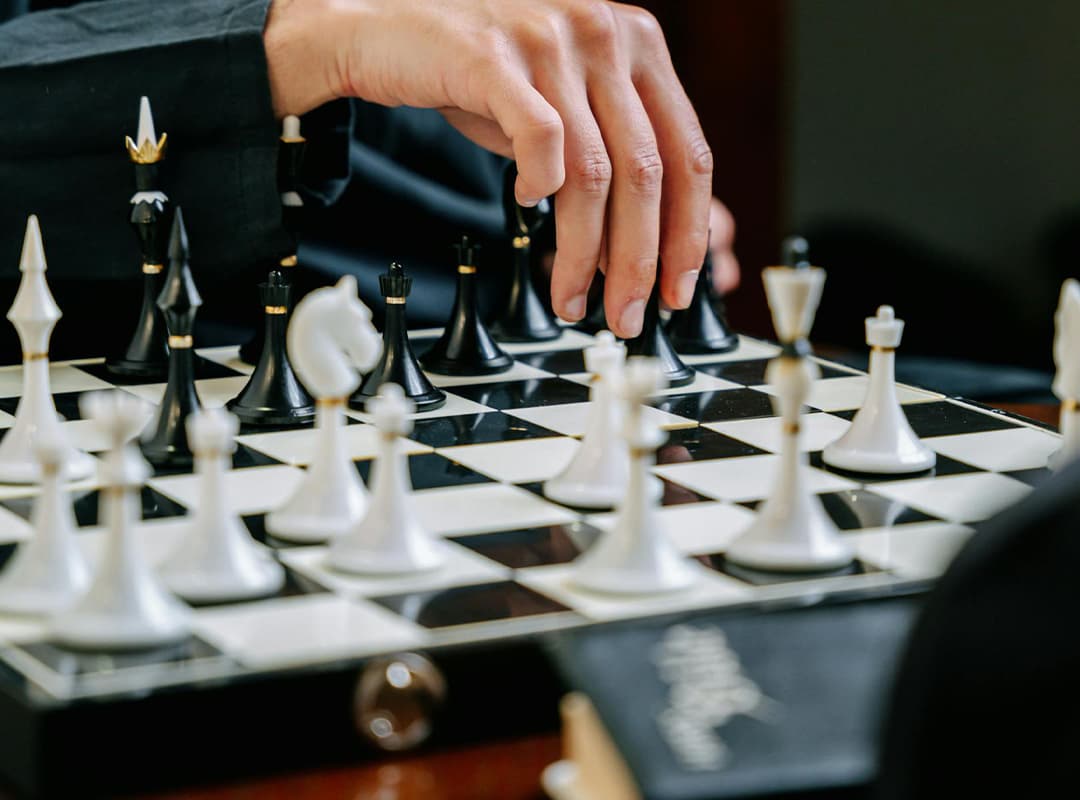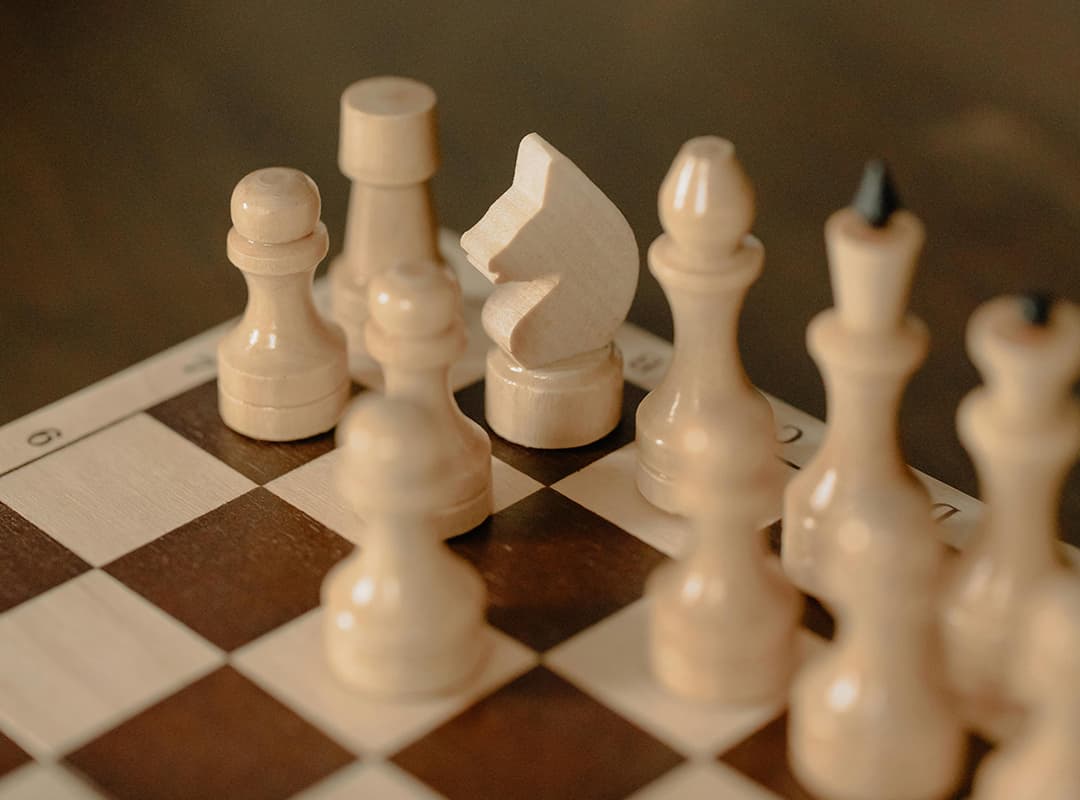Chess, a game known for its depth, strategy, and intellectual rigor, boasts a history that spans over a millennium. From its origins in ancient India to the structured game we know today, chess has been shaped by various cultures and has evolved significantly over time. Understanding the origins of chess and the historical development of its rules offers fascinating insights into the game’s universal appeal. In this article, we’ll explore where chess began, how it traveled across continents, and who influenced its evolution, ultimately creating a game where every chess next move requires careful thought and strategy.
Origins of Chess: India’s Chaturanga
The earliest roots of chess are widely believed to trace back to India around the 6th century. The ancient Indian game Chaturanga, meaning “four divisions of the military,” is considered the precursor to chess. Chaturanga was played on an 8×8 board and featured four different types of pieces that represented the four branches of the military: infantry (pawns), cavalry (knights), elephants (bishops), and chariots (rooks). The game’s objective and basic moves were similar to chess, though Chaturanga involved dice and could be played by two to four players.
Key Characteristics of Chaturanga:
- Four Armies: The game emphasized the strategic roles of different military units.
- Influence of Chance: Early versions incorporated dice, which influenced moves, unlike modern chess, which is entirely skill-based.
- Two-Player Evolution: While initially played with up to four players, the two-player format eventually became dominant, laying the foundation for modern chess.
Shatranj: Chess Reaches Persia
As Chaturanga spread to Persia around the 7th century, it evolved into a game known as Shatranj. In Shatranj, some pieces retained their roles, but others took on new names and slightly different moves. For example, the king was called the “Shah,” meaning “king,” and checkmate, a term still used today, comes from the Persian phrase “shah mat,” which means “the king is helpless.”
Influences of Shatranj on Modern Chess:
- Refined Strategy: Unlike Chaturanga, Shatranj emphasized a skillful approach without the use of dice, encouraging players to carefully consider their moves.
- Structured Gameplay: Shatranj featured clear rules that contributed to chess’s structured nature, helping players focus on planning their next move.
Shatranj was well-received in Persia and spread throughout the Arab world, leading to widespread recognition and refinement of chess rules.
The Game’s Journey to Europe
The spread of Islam from the 8th century onward brought chess to Spain and eventually to Europe. By the 12th century, chess had become popular across European courts and monasteries, where it was appreciated for its intellectual challenge and was sometimes used as an educational tool for teaching strategy and decision-making.
European Contributions to Chess:
- The Queen and Bishop: By the late 15th century, Europeans introduced significant changes to the game. The previously weaker “advisor” piece became the powerful “queen,” and bishops gained a long-range diagonal move, making the game faster and more dynamic.
- New Rules and Strategies: The game began to be more structured, with specific rules for moves like castling and en passant, creating the foundation for modern strategies.
The addition of a more powerful queen and bishop significantly increased the game’s complexity, leading to more intricate planning and an emphasis on each chess next move as part of a broader strategy.
The Standardization of Chess Rules
As chess continued to spread, so did the desire for standardized rules, as regional variations were common. In the 19th century, these differences began to be consolidated, primarily due to two major developments:
- The Formation of Chess Clubs and Tournaments: The establishment of the first modern chess tournaments in the mid-1800s, such as the London 1851 tournament, led to the need for consistent rules across regions.
- The Rise of Notable Players: Legendary players like Wilhelm Steinitz, the first official World Chess Champion, played a key role in promoting chess as a serious, skill-based competition, which called for a universal set of rules.
The rules we follow today, including the mechanics of pawn promotion, stalemate, castling, and en passant, were formalized in this period. Each player’s chess next move could be recorded and studied, allowing for the development of strategies that would influence the game worldwide.
Modern Chess: Technology and Global Reach
Chess saw a massive global expansion in the 20th century, becoming one of the most popular games worldwide. In the 1970s, international tournaments and the World Chess Federation (FIDE) promoted uniformity in gameplay and competitions, bringing players together from around the world. The advent of computers and the internet has had a profound impact on chess in recent decades:
- Chess Engines: Programs like Stockfish and AlphaZero analyze positions and evaluate moves with near-perfect precision, offering players insights and strategies beyond human calculation. Players can now use tools like chess next move analyzers to refine their understanding.
- Online Chess Platforms: Websites like Chess.com and Lichess allow players to practice, compete, and learn with opponents worldwide. These platforms also offer access to tutorials, tactics trainers, and analysis tools to improve skills.
- Chess in Popular Culture: Chess has made appearances in films, series, and novels, most notably in recent hits like “The Queen’s Gambit,” sparking renewed interest and appreciation for the game.
Chess today combines centuries of tradition with cutting-edge technology, making it accessible and engaging for players of all levels.
The history of chess is a story of evolution, where each region and culture contributed to the game’s depth and complexity. From Chaturanga in ancient India to Shatranj in Persia and the advancements in Europe, chess has been shaped by many influences that make it the fascinating game it is today. With every chess next move, players carry forward a tradition that challenges their intellect, strategic thinking, and adaptability. As chess continues to evolve, its rich history remains a testament to its timeless appeal and enduring legacy.



